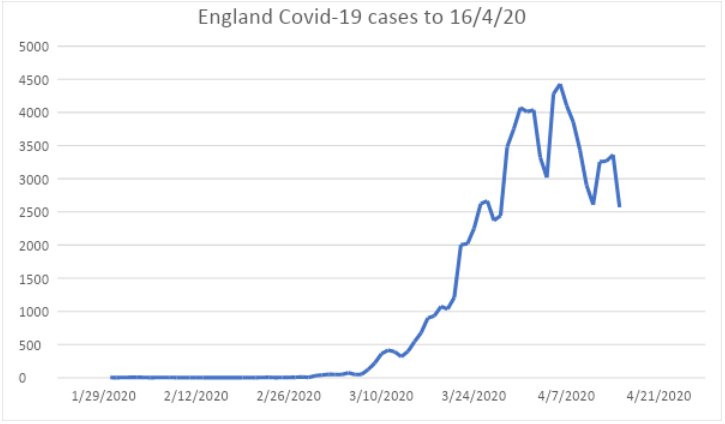The pandemic and the lockdown have given us the chance to think about some of the long-term problems we might solve. We should decide not to go back to having homeless people sleep in shop doorways. We have the chance to try a new approach to solving the problem.
It’s important to understand what the problem is. National Audit Office figures show that a high proportion of rough sleepers who had needs assessed were prone to alcohol addition, drug addiction, or mental illness. These three factors were among the reasons underlying their situation.
In the past efforts have been made in many countries to help street sleepers solve some of these problems so they can be allocated secure accommodation. But Finland now does it the other way round. It’s called “Housing First” because they house rough sleepers first, and then address their problems.
The reasoning is that if people are in secure accommodation with trained helpers and therapists on hand, it is easier to solve problems like alcohol and drug addiction and mental illness than it is trying to deal with people sleeping on the streets.
Tenants are housed in purpose-built or adapted blocks, with their own private space, and crucially, with support services on hand. The programme costs money, but the technique is reckoned to lower the costs otherwise incurred for emergency services and the criminal justice system.
The success of the Finnish programme, running for 13 years, has been remarkable, and has inspired pilot schemes elsewhere, including several in the United Kingdom. Charities assisting these efforts report positive results, with steep drops in the number reporting “bad or very bad” physical health of users, and an even bigger fall in the numbers for mental health conditions.
The pandemic has provided an opportunity to extend this by the use of empty hotel rooms. Some funding allocated to deal with the coronavirus has been used to secure hotel safe spaces for rough sleepers to self-isolate in. There are on-site cleaning facilities, and charities have stepped in to assess needs and provide support. Thousands of rough sleepers have been taken off the streets and housed in hotels block-booked for three months to accommodate them. Modelling by University College London shows this is significantly more cost effective than treating individuals in hospital.
St Mungo's charity describes it as an unprecedented opportunity to stop people returning to the streets. Howard Sinclair, their CEO, says the virus has provided an unexpected opportunity to take people off the streets and provide support for mental health problems or addictions.
The lesson to be drawn from this is clear. It is that providing accommodation and support for rough sleepers is an effective way to address their problems and to help ease them into safer and more comfortable lives. We should make it a priority after the pandemic to pursue this vigorously and to provide accommodation and support for those whose only other option would be to sleep in shop doorways on the street. It works, and we should do more of it.






